Dunlawton Sugar Mill Gardens: From sugarcane plantation to Civil War base, from theme park to abandonment. How this site became a garden paradise.
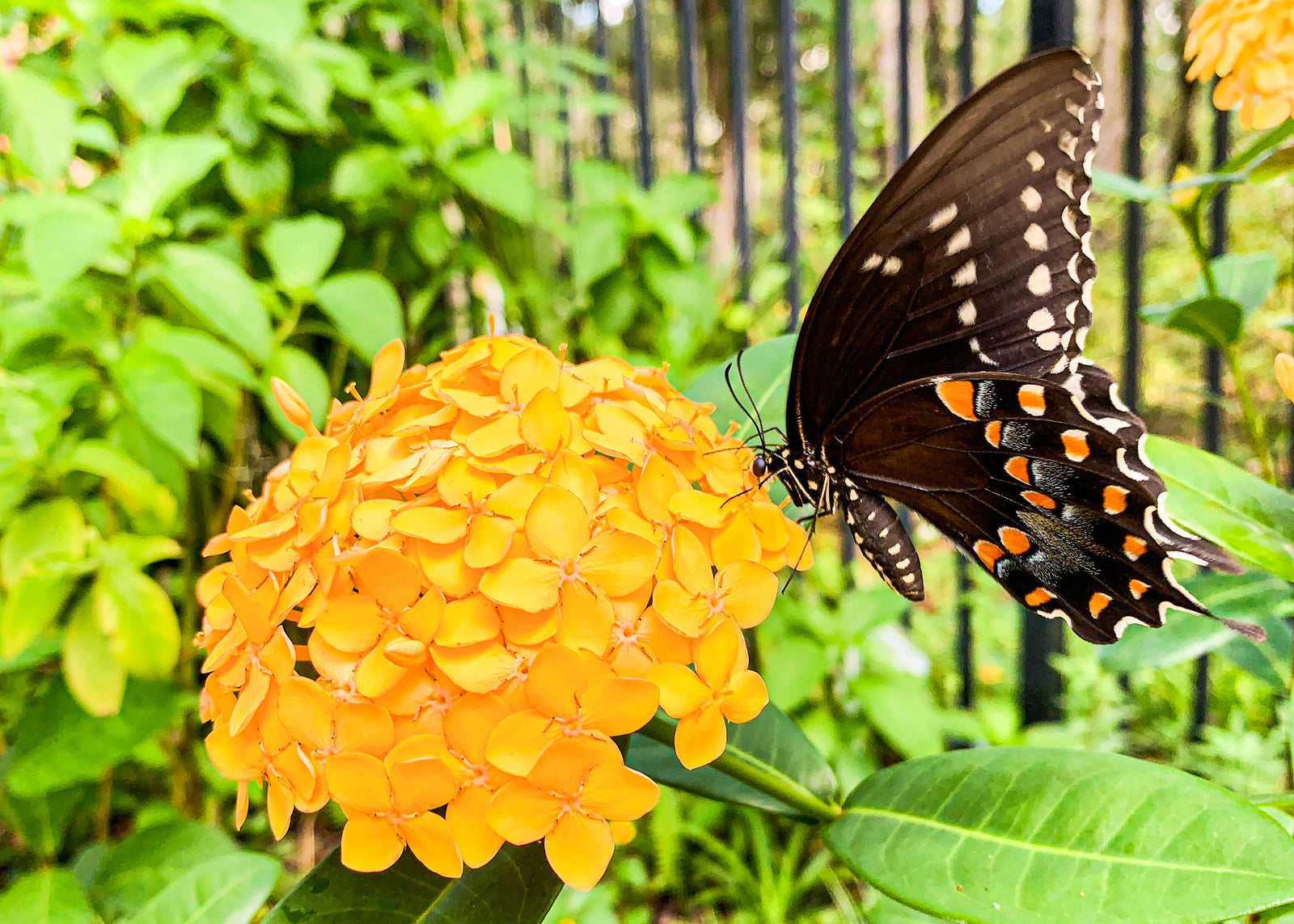

From a Sugarcane Plantation to a Civil War Base
Initially it began as a sugarcane plantation that passed through many hands and then became shambles after getting burned down twice during the Seminole Indian Wars. Enough of the mill was intact that it became an important Civil War base for making ammunition and salt as a food preservative—all using the sugar mill’s three large kettles.

From a Whimsical Theme Park to an Abandoned Site
After a period of rest, in 1952 it became Bongoland—a touristy amusement park chock full of giant concrete dinosaurs plus an Indian village, a train that rode around the park, and a baboon named Bongo. If you’re hoping to visit Bongoland, unfortunately, this hodge podge attraction didn’t make it either; it closed in 1954. Abandoned for a while, Volusia county then inherited the site.

A Garden Paradise
In 1988 a local nursery owner name Martin Wibold took interest and built a garden paradise amongst the old mill ruins, dinosaurs, and 200-year-old oak trees. Luckily Dunlawton Sugar Mill Gardens is going strong, and we hope its 1988 status as a garden paradise continues for many years to come.
Our Visit to the Gardens
On our visit to the gardens, we thought we were just going to see some amazing plants, but we were greeted with all that and so much charm too. The native butterfly plants, like Firespike, Firebush, and Blue Porterweed brought a host of butterfly friends before we even entered the gate.

Our 18-month-old girl enjoyed the quaint little touches, such as pulling a brochure out of the handpainted mailbox, sitting a spell to read from the numerous little free libraries, and seeing the mini water wheel spinning in the bog garden. All of these interesting details are scattered throughout, hanging out next to spectacular Birds of Paradise, Heliconias, Staghorn Ferns, Banana plants, and many more.

With 12 acres to explore, you’re sure to find something that catches your eye at Dunlawton Sugar Mill Gardens—whether it’s a rare plant species, winding pathways, old ruins, the bird sanctuary, or even one of those irresistible concrete dinosaur remains.




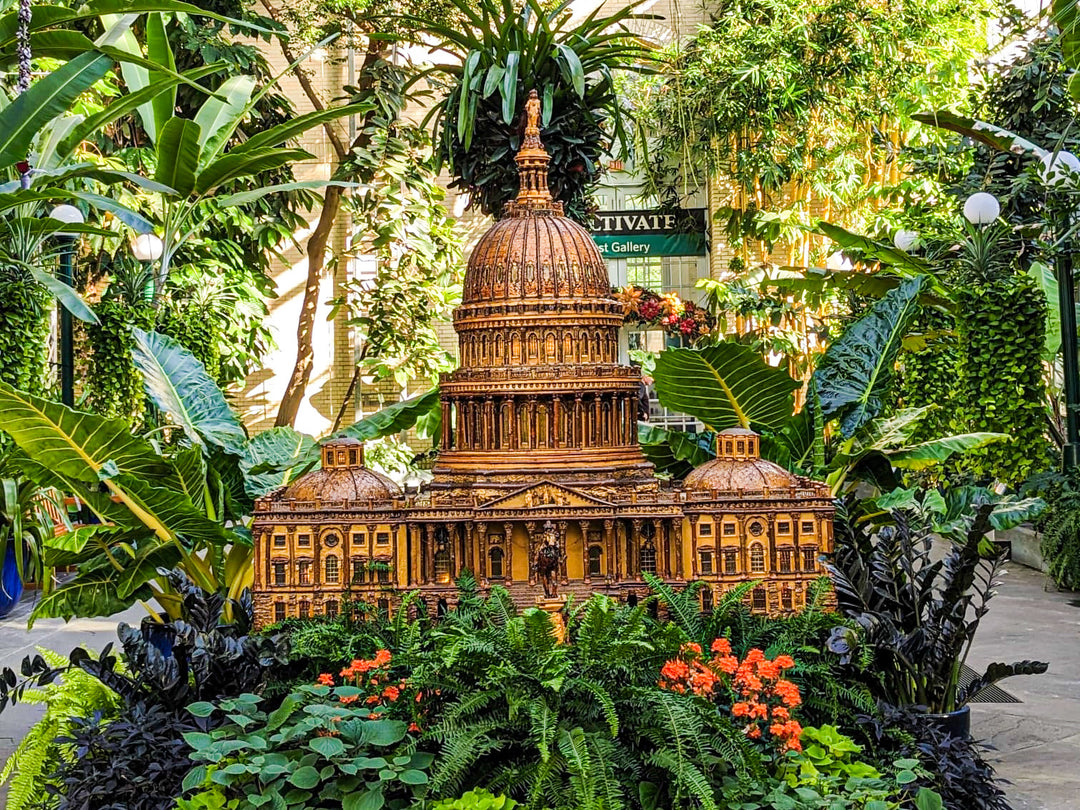
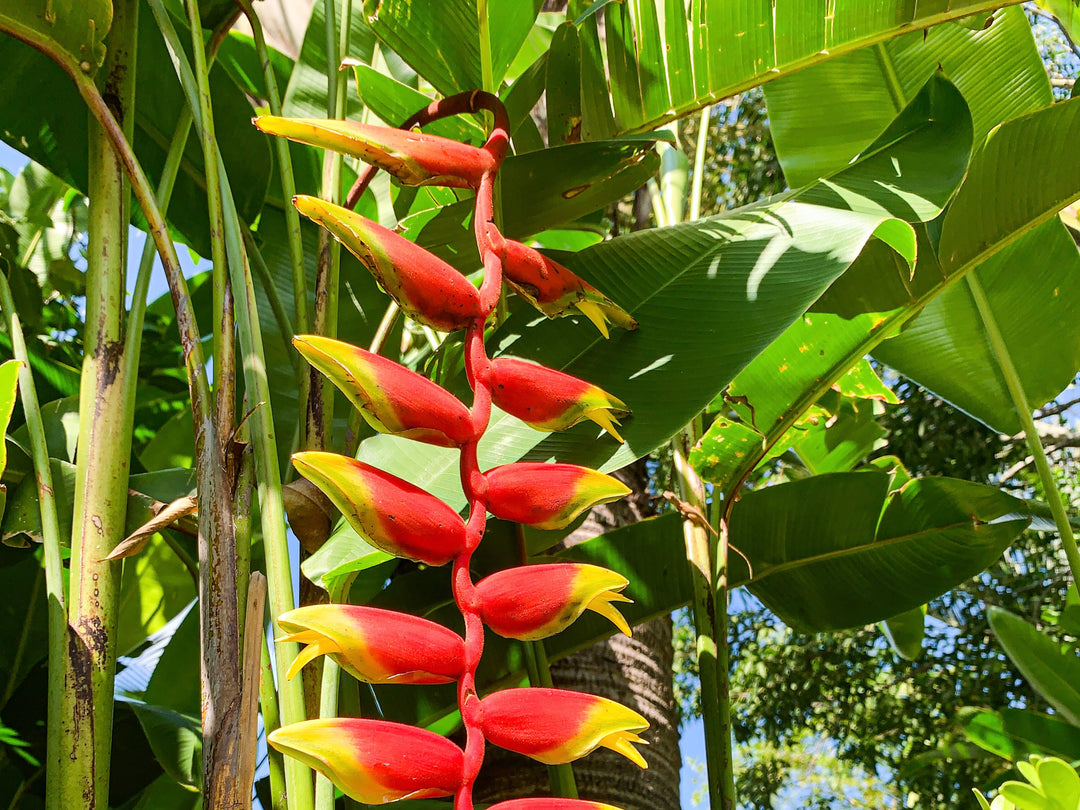
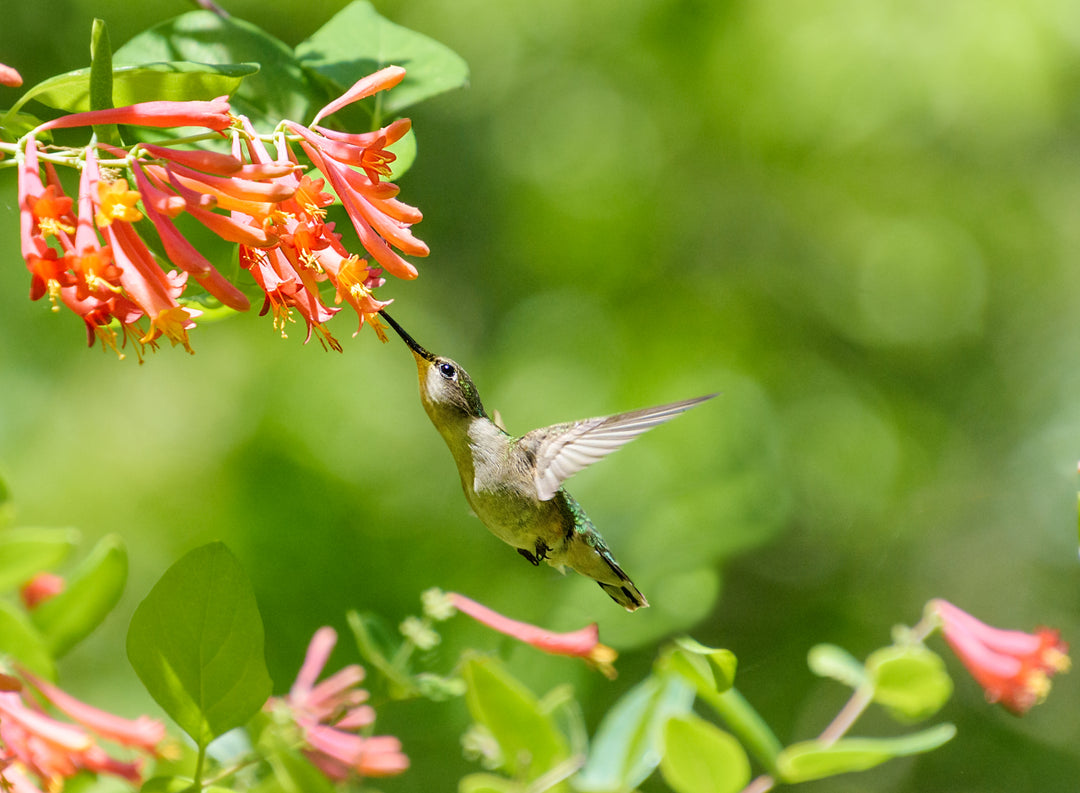
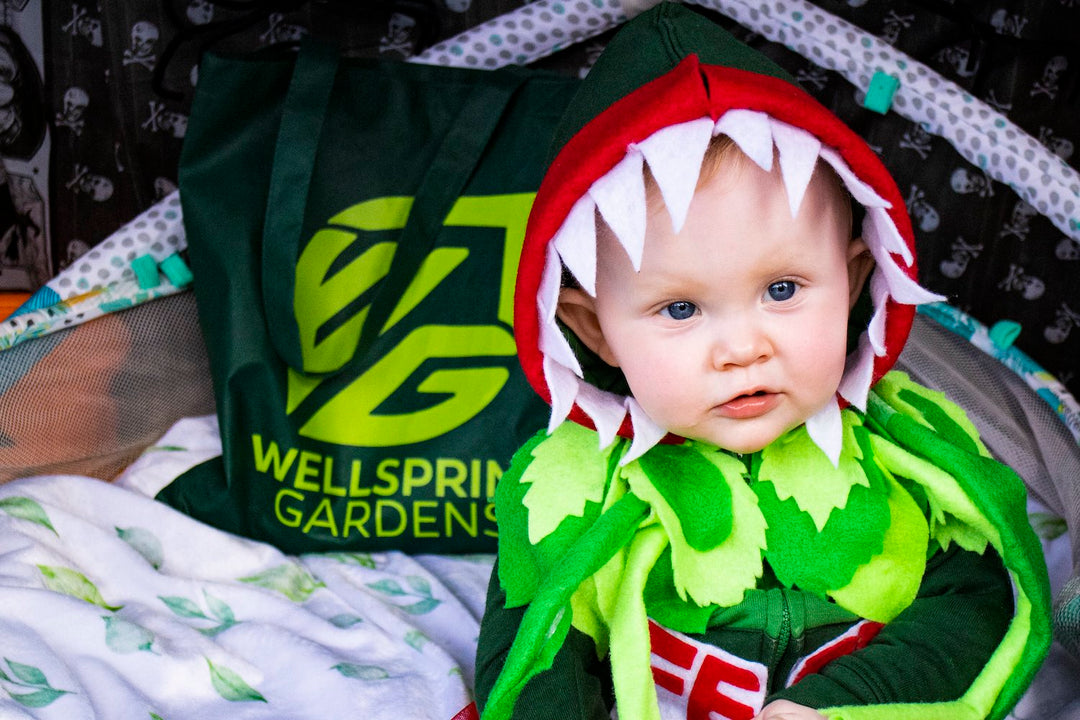

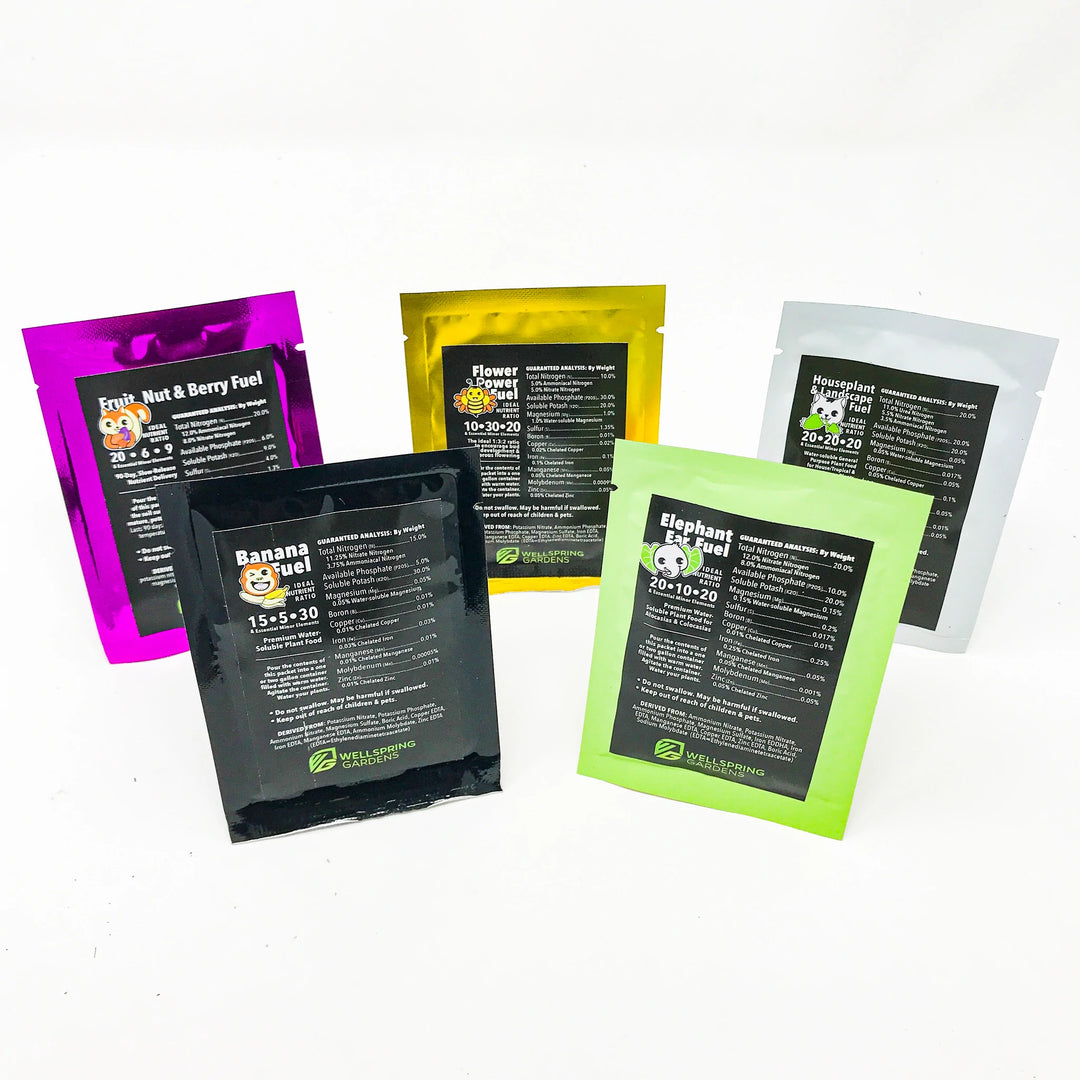
Thanks so much, Gail, for your historical expertise! Nice to learn more from a reliable source. I have corrected the dates. I appreciate it!
Thank you for the nice write-up about the Dunlawton Sugar Mill Gardens and great photos. As the current Historian, may I mention a correction to the misinformation about Bongoland. I was fortunate to meet with the son of Dr. Perry A. Sperber, who created Bongoland. The son, Perry R. Sperber, gave me the facts of the beginnings of Bongoland. It started in 1952 and was closed sometime in 1954.
Leave a comment